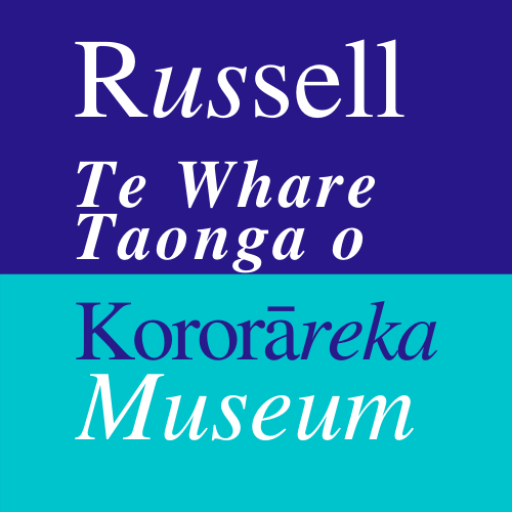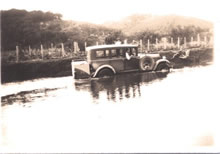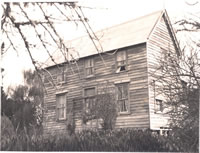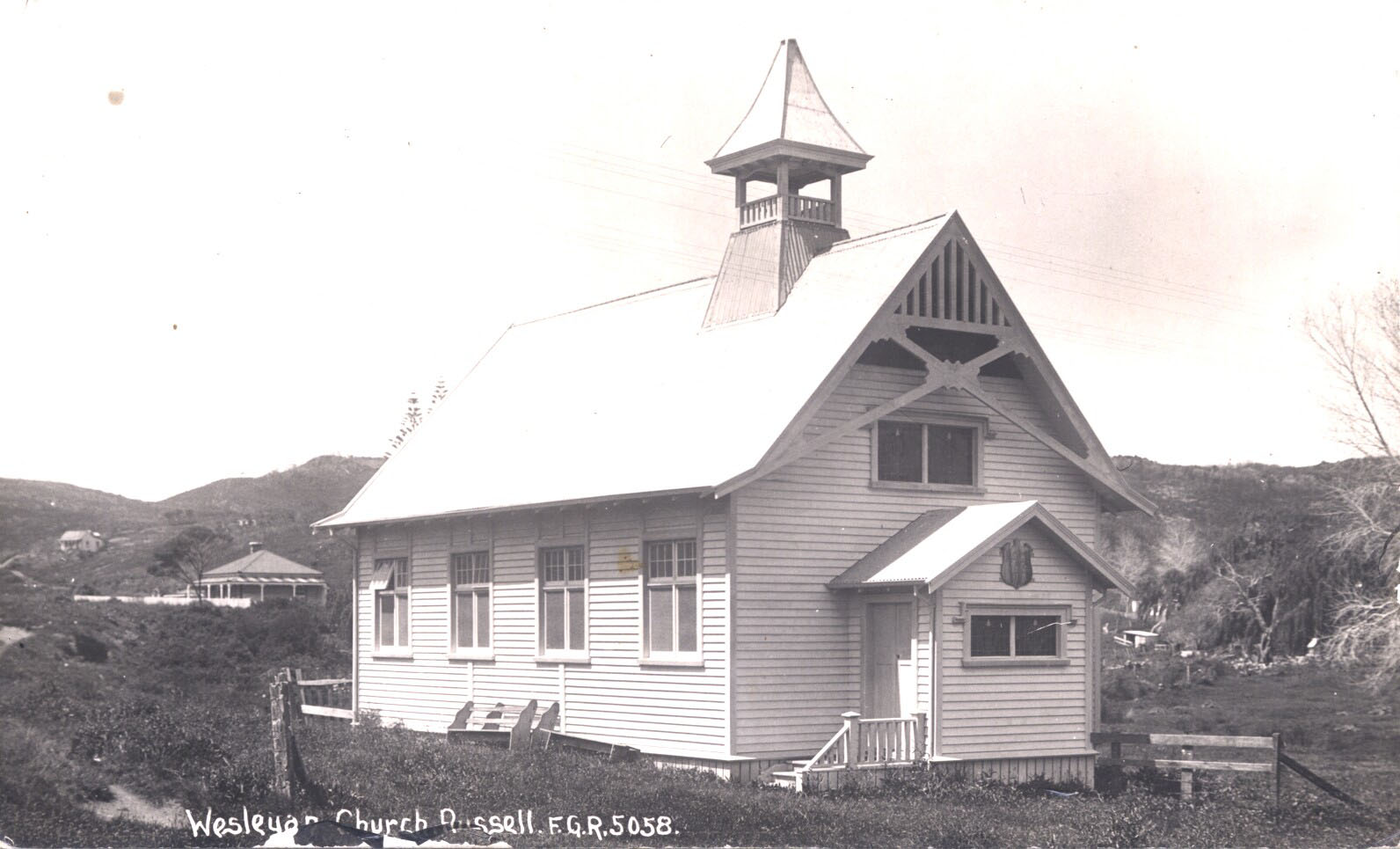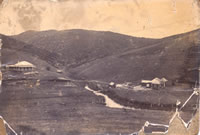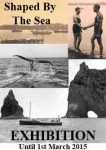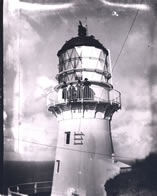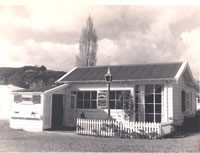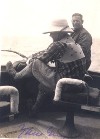First Service Car to Russell 1930
Original photo © Russell Museum
We say Russell has a village feel, and an island quality. Until the 1930s the main access to Russell was by sea. The coastal steamer, the Clansman, brought supplies and passengers twice a week. During the depression years work camps of unemployed people did much needed public works including the completion of a coastal road from Whakapara to Russell.
The first car made the trip in May 1830, a vehicular ferry started between Paihia and Russell, and the Domain became a motor camp.
This photo shows the First Service Car, Russell to Whangarei, driving through a rather deep puddle on 3 December 1930. Stuart Partridge is driving for the Northern Motor Bus Company. The road was hilly, dusty or muddy (depending on the season) and one passenger counted 329 bends in the 64 km ride.
Later the Ngaiotonga bush section was replaced by a coastal route. The back road was sealed about five years ago and is becoming an attractive alternative to locals and tourists. Mud and dust are no more and there are a lot less bends!
